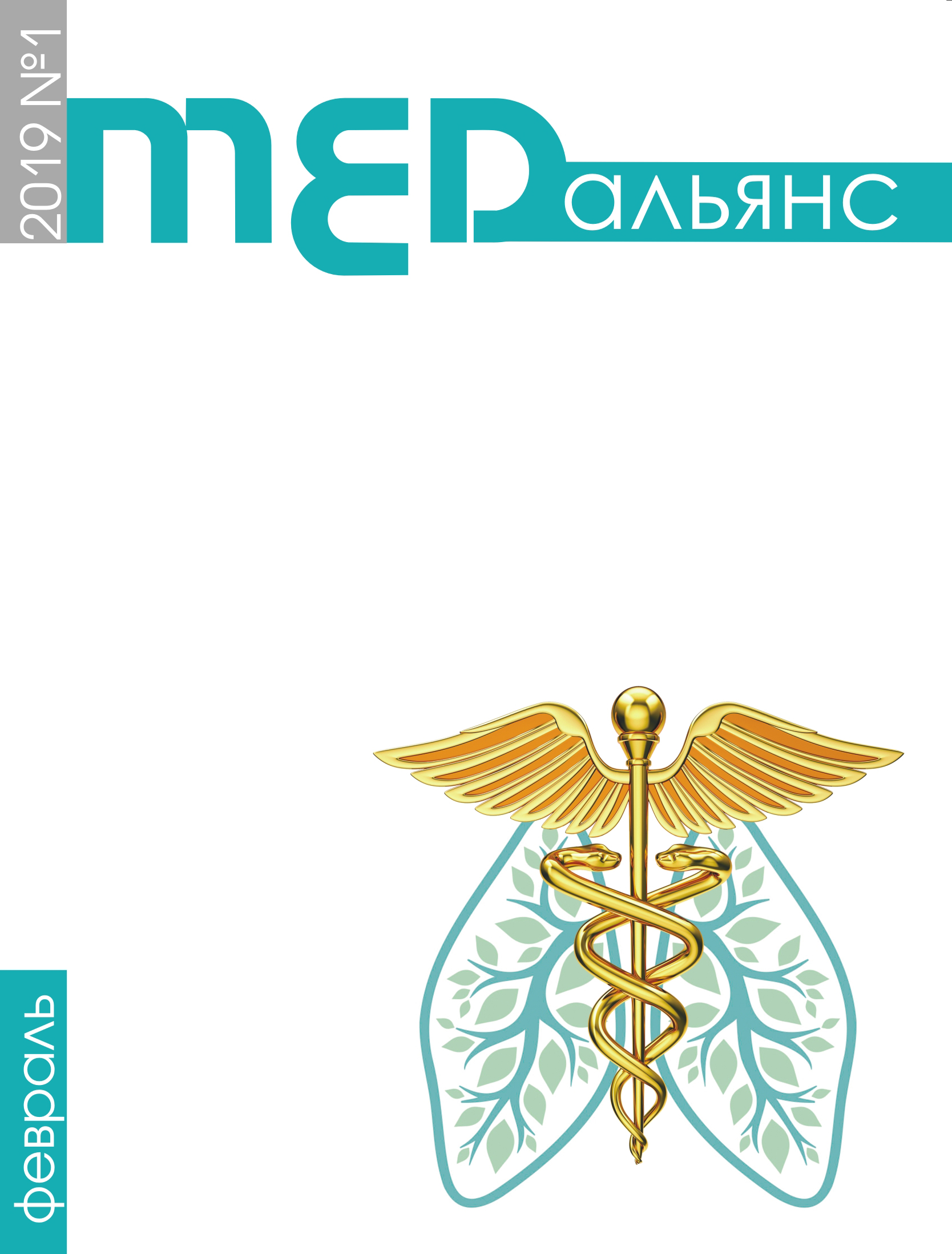Abstract
The management of patients with comorbid infectious and non-infectious pathologies of the bronchopulmonary system is highly relevant, given the increasing burden of the incidence of COPD and the likelihood of them becoming infected with tuberculosis. The purpose of this work was to study the possibility of predicting the outcomes of treatment of tuberculosis (TB) in patients with chronic obstructive pulmonary disease (COPD). Materials and methods. 514 patients were included in a simple retrospective study, which were divided into 2 groups, group 1 - TB, group 2 - TB+COPD. The study groups highlighted the most significant factors that influence the outcome of TB. Using the analysis of variance, the degree and reliability of the effect of the studied traits has been clarified, and part of the total variation, which is caused by these factors, has been evaluated. Results. Вased on the obtained data, it was shown that in the COPD + TB group, the duration and intensity of smoking, as well as the severity of a negative subjective assessment of the condition by patients - “number of years of smoking” (23% in the total amount of influence of all factors), then - factors “SAT-test” (15.6%), “visual analogue scale” (4.2%), “smoking index” (4.1%), “number of cigarettes smoked per day "(4.1). In addition, the cumulative effect of triggers - years of smoking - shortness of breath - CAT test (29.8%) on the outcome was higher than each of them. The use of triggers developed on the basis of our database, expressing a combination of individual characteristics of COPD in a patient with tuberculosis, makes it possible, with a greater or lesser probability, to predict the possibility of an unfavorable outcome of a specific process. Conclusion: predicting the results of TB treatment will allow modifying approaches to the management of patients with combined pathology in order to reduce the likelihood of adverse outcomes of the disease.

